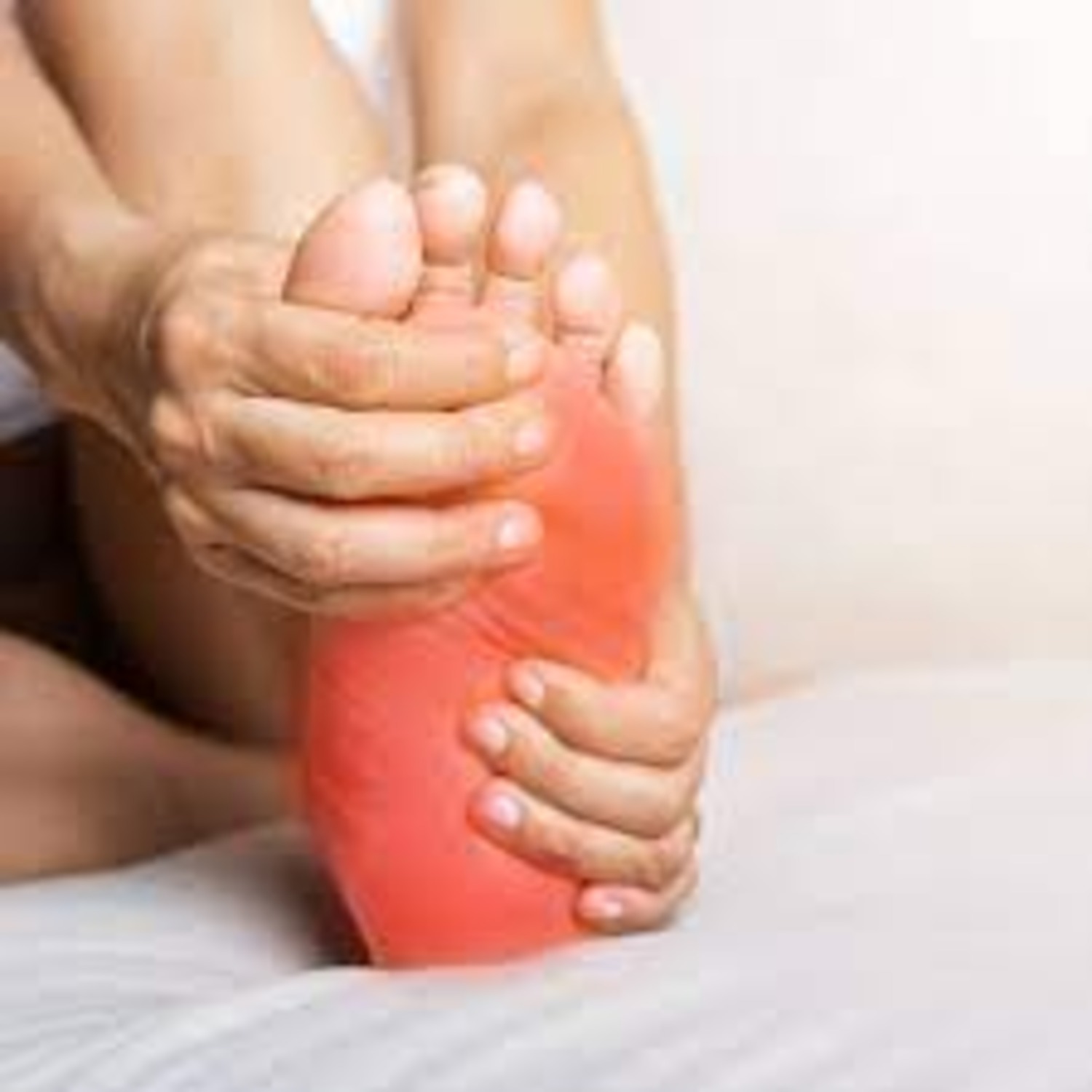You can massage your fingers, do some stretches, and take vitamin B-12 supplements. You can also try physiotherapy, which uses rigorous exercise routines and specific treatment methods like nerve gliding sequences.
Massage
The peripheral nervous system is a network of nerves that controls muscle movement and transmits sensations such as touch or pain. When this system is damaged, numbness can occur in the hands and feet. This condition is known as peripheral neuropathy and can be caused by diabetes, alcoholism, or multiple myeloma. Massage can help with numbness by improving blood circulation and relieving pressure on nerves. The therapist can use various techniques to stimulate the circulation, including kneading, circling, and stroking.
The symptoms of peripheral neuropathy include numbness, tingling, and shooting pains. Despite being uncomfortable, these symptoms can be easily relieved by massage therapy. While this doesn’t treat the underlying cause of the disease, it can help improve a patient’s quality of life.
Massage improves sensation by reducing the effects of nerve compression, relieving muscle tightness and tension and removing any build-up of metabolic wastes. By reducing the negative effects of numbness and pins and needles, massage helps to encourage repair of damaged nerve tissues.
Try these DIY acupressure massage tips to relieve numbness and tingling in your hand, wrist and fingers. Start with acupressure point TB5 located two thumb widths up the inner arm from the crease at the top of the wrist. Press this point for a few minutes and then move to the other side of the arm and repeat the process.
Warm compress
A warm compress can help improve blood flow to the affected area. It can also help relieve tingling or numbness caused by nerve compression. However, it is important to follow recommended guidelines for the duration of warm compress application. Leaving the warm compress on too long can burn skin and damage tissues. To avoid burning, test the temperature of a warm compress on your wrist first before applying it to your skin. A warm water bath is another effective way to increase blood flow and relax muscles.
Whether it is physical or emotional, numbness can be quite uncomfortable and distressing. Emotional numbness is usually associated with high-stress situations and may be a sign of anxiety or PTSD. It can also be a side effect of certain medications, including antidepressants such as SNRIs.
To help prevent numbness from occurring, it is important to exercise regularly and maintain a healthy diet. A good exercise regimen can also help reduce stress and boost your immune system. In addition, drinking plenty of fluids, especially water, can help with hydration and improve blood circulation. Taking a dietary supplement, such as ginkgo biloba, can also improve circulation and stimulate the nervous system. If you are unsure of the cause of your numbness, it is important to see a healthcare professional for proper diagnosis and treatment.
Exercise
Numbness is a condition that affects nerves and can lead to a lack of sensation in parts of the body. It is usually accompanied by a feeling of pins and needles. It is a symptom of a loss of blood flow to the affected area. Fortunately, it is not often serious and can be treated with a simple exercise routine.
Feeling numb can be disconcerting, especially during exercise. But while that pins and needles sensation during your workout may be scary, it’s actually more common than you think. “Numbness of the hands and feet during a workout is a sign that the flow of oxygen to those nerves is blocked—it’s not a sign that you’re overworking your muscles,” a physiatrist tells Self.
Exercise can help improve circulation in your legs and feet, which can relieve numbness and tingling. You can try activities like sitting in a chair with one foot elevated above the other, rolling a towel around your foot, or simply walking on the treadmill. You can also get your heart rate up with a brisk walk outdoors or swimming.
Emotional numbness can be a symptom of chronic stress, and can also come up in people who have PTSD or other mental health conditions. Those who experience emotional numbness will find it hard to connect with others and may feel as though they are on autopilot, disconnected from the world around them.
Physiotherapy
Nerve physiotherapy involves a range of techniques that can help prevent numbness and improve sensation. They include stretching exercises, strengthening exercises and electrical stimulation, a common therapy that uses low-level electric current to relieve pain, treat spasms and stimulate nerve growth and healing. Other treatments include massage and ultrasound therapy, which can also be effective in reducing numbness.
Numbness is a condition that occurs when a nerve gets damaged. It can be a result of an injury or illness and is most often seen in the arms and legs. It usually happens when there is increased pressure on the nerves. This can be due to sitting with your legs crossed, lying down for too long, or repetitive movement in an unnatural position. It can also be a side effect of some medications or therapies. The symptoms are described as pins and needles or tingling. They can be very uncomfortable and are a sign of an underlying problem.
There are a few things you can do to help your numbness, including general exercise and eating well. Regular exercise is important to keep your muscles strong and limber, while a diet that includes plenty of fruits, vegetables and healthy fats can help with vitamin deficiencies that could be contributing to your numbness. If your numbness is severe, it is best to consult a physiotherapist for a diagnosis and treatment plan.

